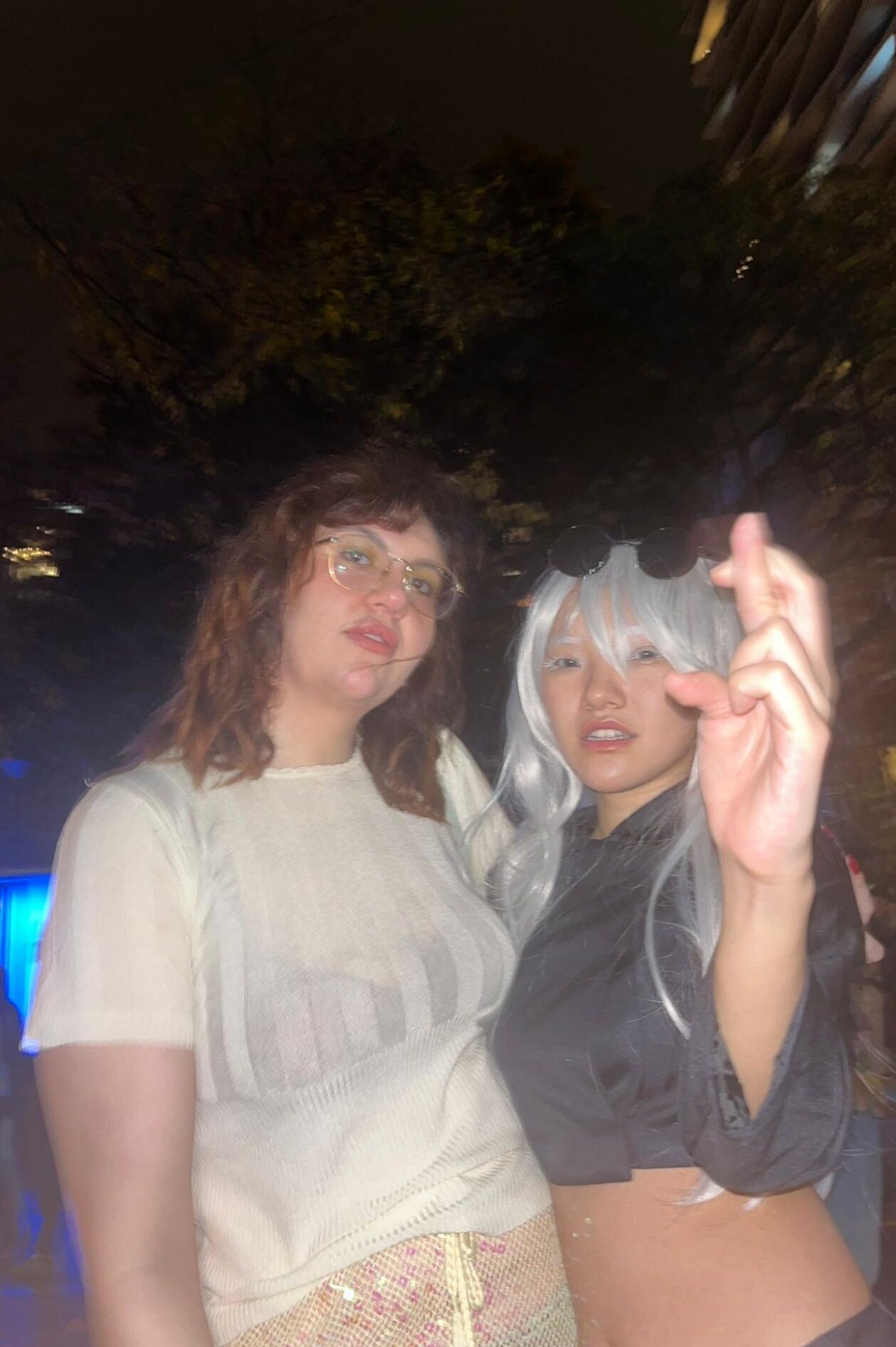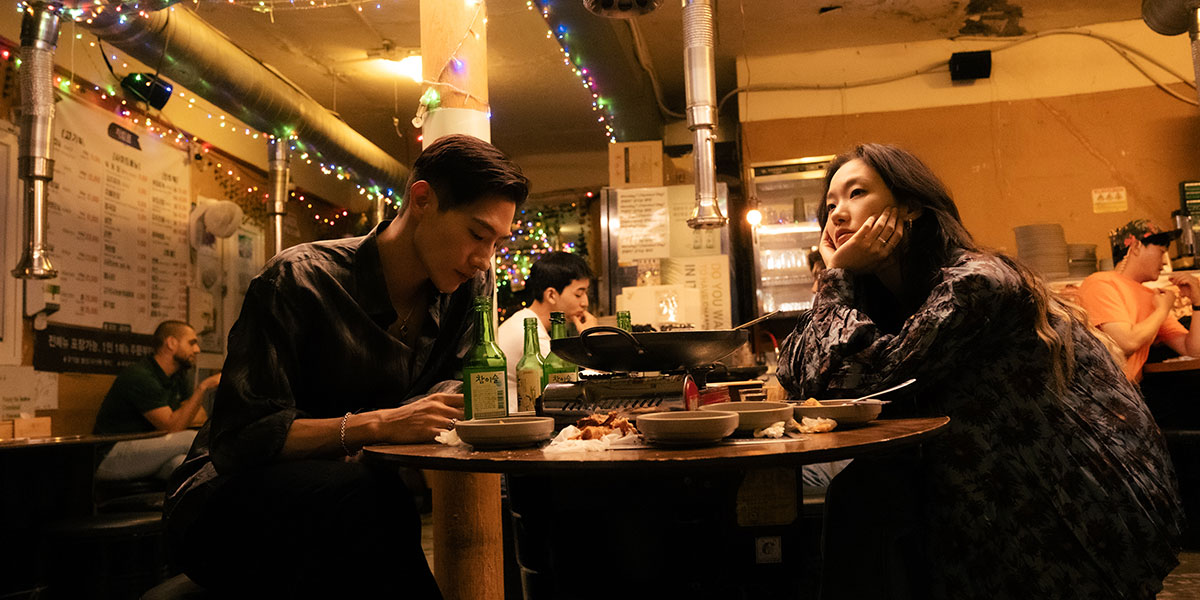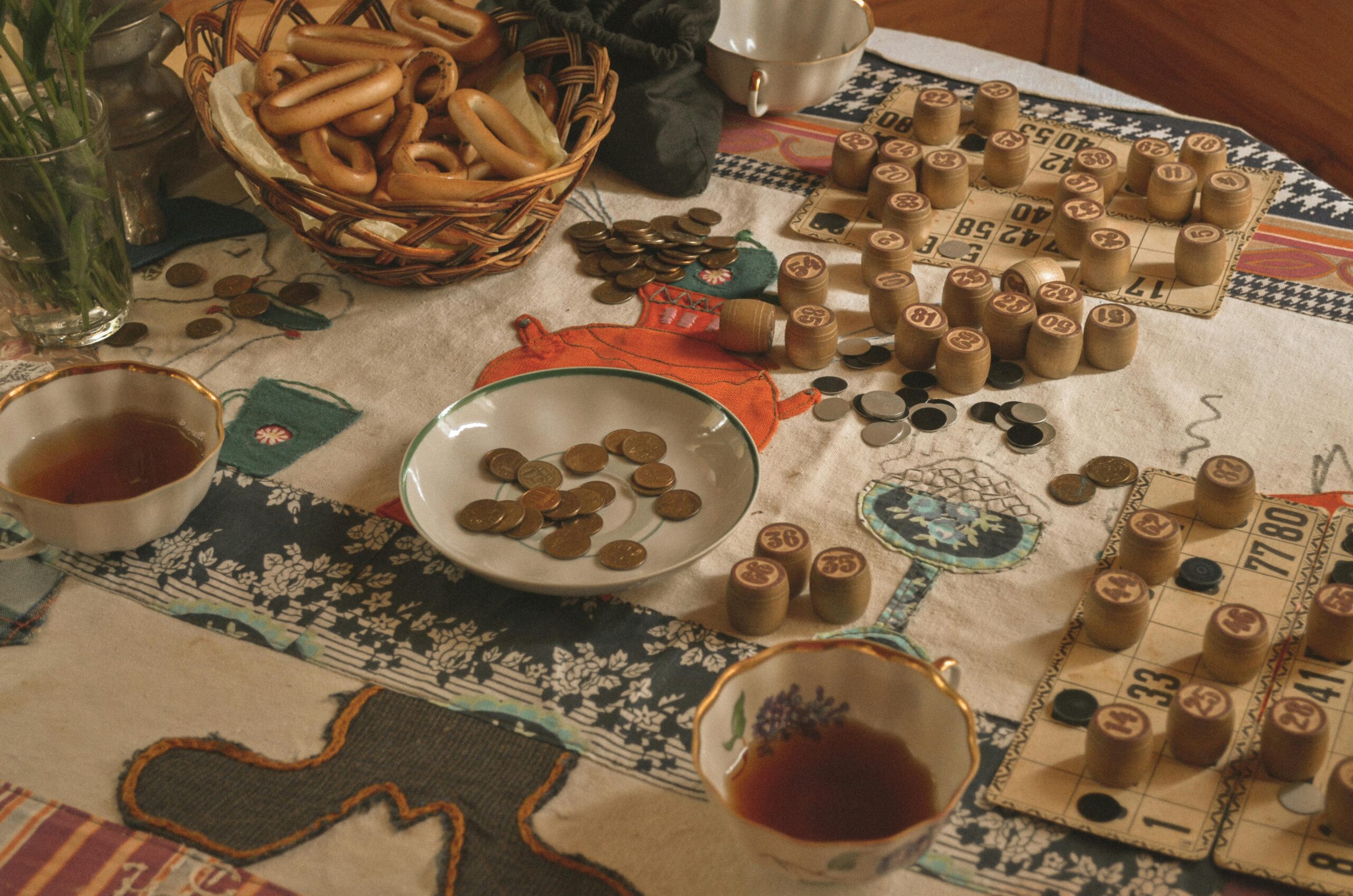Keya Osborne, 46, worked in fashion, massage therapy, and journalism before finding her job with CNIB in Toronto. Photo: Jacklyn Gilmor/RSJ
By: Jacklyn Gilmor
“I bought a bottle of cranberry juice and four bottles of orange juice. I want to get some drink recipes in advance, so I can get them in braille and large print for the guests to take home,” Keya Osborne says while on the phone with a volunteer. “You’re an angel,” she says, an easy smile curving her lips.
It’s February 8th, and Osborne is planning a Valentine’s Day party for young people with sight loss. She’s trying to coordinate her volunteers for the event and get people to R.S.V.P. The party will have a DJ who is partially sighted, a beatboxer, cupcake decorating, and a speed dating station called “The Friend Zone,” which is meant to encourage socialization.
Osborne works for CNIB, near the corner of Yonge and St. Clair streets. She’s the program lead for Youth Empowerment. Sometimes, she works 50 hours a week, dividing her time between the community hub, running events, and giving presentations on CNIB.
Often, she sings to herself, humming as she scrolls through her phone.
She holds her iPhone about two inches from her face so she can see the screen, and asks Apple’s virtual assistant Siri to write an email for her: “Hope the call with the rest of the program leads was helpful for you, period. Would you be able to resend the info on the program we talked about, question mark. New line, new line. Thanks.”
All of the program leads at the hub have sight loss, to some degree; it’s a hiring requirement that helps them plan programs better tailored to participants with vision impairment.
The GTA hub is narrow, with two floors and white walls, but the artwork brings it to life. Vibrant paintings of Toronto’s cityscape line the window sill, made by participants in Osborne’s Fun With Art program. A bristol board with the braille alphabet leans against a small bookshelf. People line the desks, using computers. One man is learning to use Siri to send messages on his phone, like Osborne.
Osborne needs to find a quiet space for a conference call she scheduled for 3 p.m. She climbs the winding staircase, which is lined with raised strips for safety. She’s speaking with another program lead from British Columbia who wants to start a makeup program, similar to the one Osborne runs. Osborne runs a weekly program for CNIB called Fashion Forward, which teaches fashion and beauty skills to young people with sight loss.
“Why can’t you be a makeup artist?” she asks during the call. “You can make it accessible: use dots for each colour on the palette, for example. Then to apply it, use your cheek and chin as an anchor.” With the help of a Sephora employee, Osborne has been showing the teens how to apply their makeup. She also recruited a fashion student from George Brown College to do sessions on building a capsule wardrobe, or finding colours that suit their complexion.
“I might condense it to twice a month,” she tells her colleague on the phone, “because people have so many commitments.”
Osborne has a degree in Fashion Management. She spent three years in the industry before coming to CNIB, where she’s been for just over a year. In that time, she was nominated for an Employee of the Year award. Osborne shines, literally. Her hair is a mix of black and bright pink braids. Her flats are covered in gold decals, and her iPhone is decorated with rhinestones, which match her cane. Hers is covered in pearls and gems. She’s been using it since 2009 to help her see, since she only has partial sight in her right eye, and no light perception in her left.
It’s 3:30 p.m., and Osborne decides it’s lunch time. She came in at 11 a.m. today, though she was scheduled from 1 p.m. to 7 p.m. Late meals are common for her, since she spends so much time on conference calls and in meetings, in order to plan events. At times all the planning and brainstorming can be tiring. However, her colleagues are there to help. Osborne says her co-workers are the best part of her job.
“Oh my gosh, I work with amazing people,” she says. “All of us really work well together. It’s a really collaborative, creative and high energy group.”
Karin McArthur, the communications coordinator, has recruited her siblings to help at the Valentine’s Party, and Karen Brophey, who is the program lead for literacy, will be assisting as well .
“Keya, come see this! Candy-stuffed sugar cookies for Valentine’s Day.” Brophey, a sharp-eyed woman with a grey mohawk, snickers at her computer. “They say ‘let’s smash’ on them!” Brophey says they would be perfect treats for the party. Osborne watches the video, laughing, and adds them to her list. She emphasizes that friendship is the point of the party.
“They won’t be hooking up on my watch!”
She scribbles down her notes in large letters, with a felt pen and a worn, spiral-bound notebook. Three people just emailed to let her know that they can come to the party. She’s been phoning participants all week, and the list of confirmed participants is at 14 so far. She wants more people to come, so she’ll have to make more phone calls later tonight.
“You need to hear this.” A man with black hair and a wide grin makes his way to the table and sits near Osborne. Kevin Shaw is the program manager for entrepreneurship who started last month. He connects his laptop to a nearby speaker and plays some soca music, having been a DJ for one of Osborne’s previous events. She bobs her head to the beat as she writes down her list of confirmed participants. Shaw blasts the song Handclap, and gets everyone in the room to clap along with it.
Osborne grins, though Shaw can’t see it.
“We’re keeping you here every Thursday, okay? I’m smiling right now, Kevin,” she tells him.






